General Landscape Uses: An accent or specimen tree in residential and commercial landscapes, but slow growing and sometimes difficult to establish.
Ecological Restoration Notes: An important canopy or subcanopy tree in hammocks.
Description: Small to medium tree with slender branches. Trunk 4-10 inches in diameter, rarely more. Bark dark gray, rough, becoming furrowed and forming vertical ridges. Leaves attractive, bright glossy green above, 1-1 1/2 inches long. Unfolding leaves are pinkish.
Dimensions: Typically 15-25 feet in height; to 33 feet in South Florida. Usually taller than broad.
Growth Rate: Slow to very slow.
Range: Monroe County Keys north mostly along east coast to Brevard County; West Indies, Mexico and Central America.
Habitats: Hammocks.
Soils: Moist, well-drained sandy or limestone soils, with humusy top layer.
Nutritional Requirements: Moderate to high; grows best with some organic content and may languish in nutrient poor soils.
Salt Water Tolerance: Low; does not tolerate long-term flooding by salt or brackish water.
Salt Wind Tolerance: Moderate; grows near salt water, but is protected from direct salt spray by other vegetation.
Drought Tolerance: High; does not require any supplemental water once established.
Light Requirements: Full sun to light shade.
Flower Color: Greenish.
Flower Characteristics: Inconspicuous, but the small flowers secrete copious amounts of nectar.
Flowering Season: All year; peak late spring to late summer.
Fruit: Oval or nearly round, 1/3″ long drupe, ripening black. Mostly maturing summer to fall. Edible; sweet.
Wildlife and Ecology: Provides moderate amounts of food and significant cover for wildlife. Birds and other animals eat the fruits.
Horticultural Notes: Can be grown from seed. Clean and plant right away; seed does not store well. Place container in light shade.
Comments: The wood is hard, the densest of all woods native to South Florida; it will sink in water.

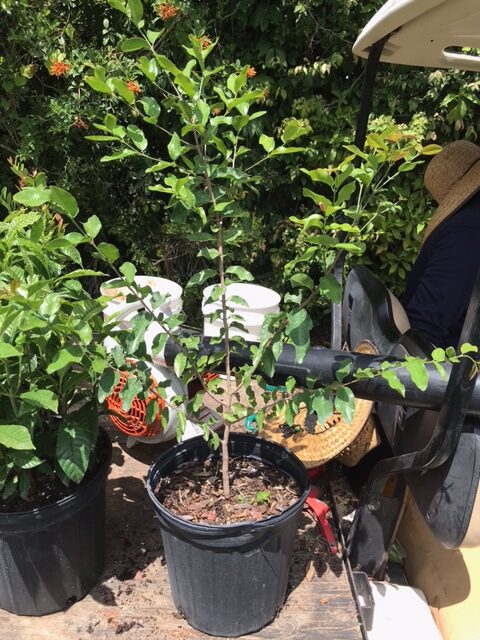

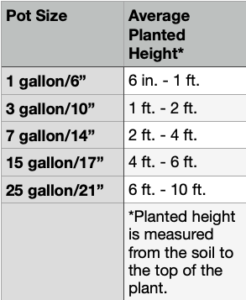
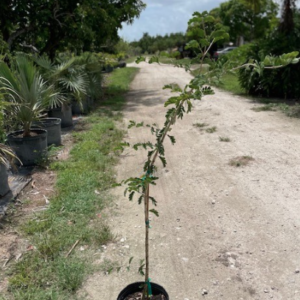
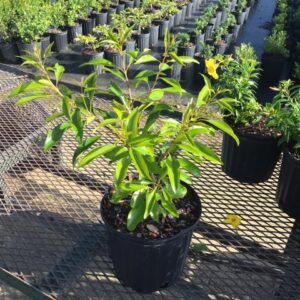
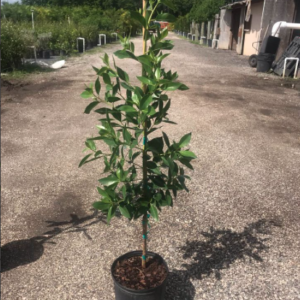
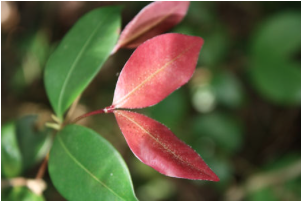
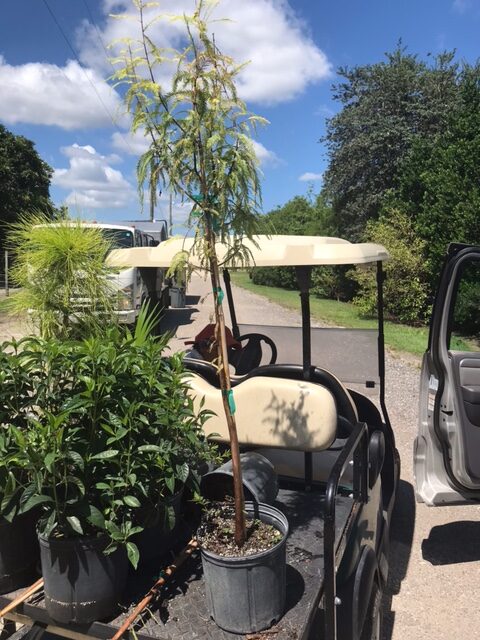
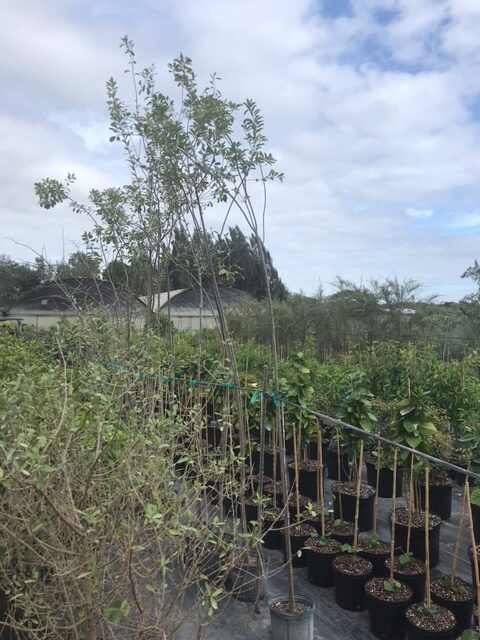
Suzanne R –
Great native!